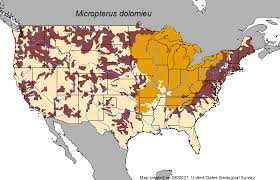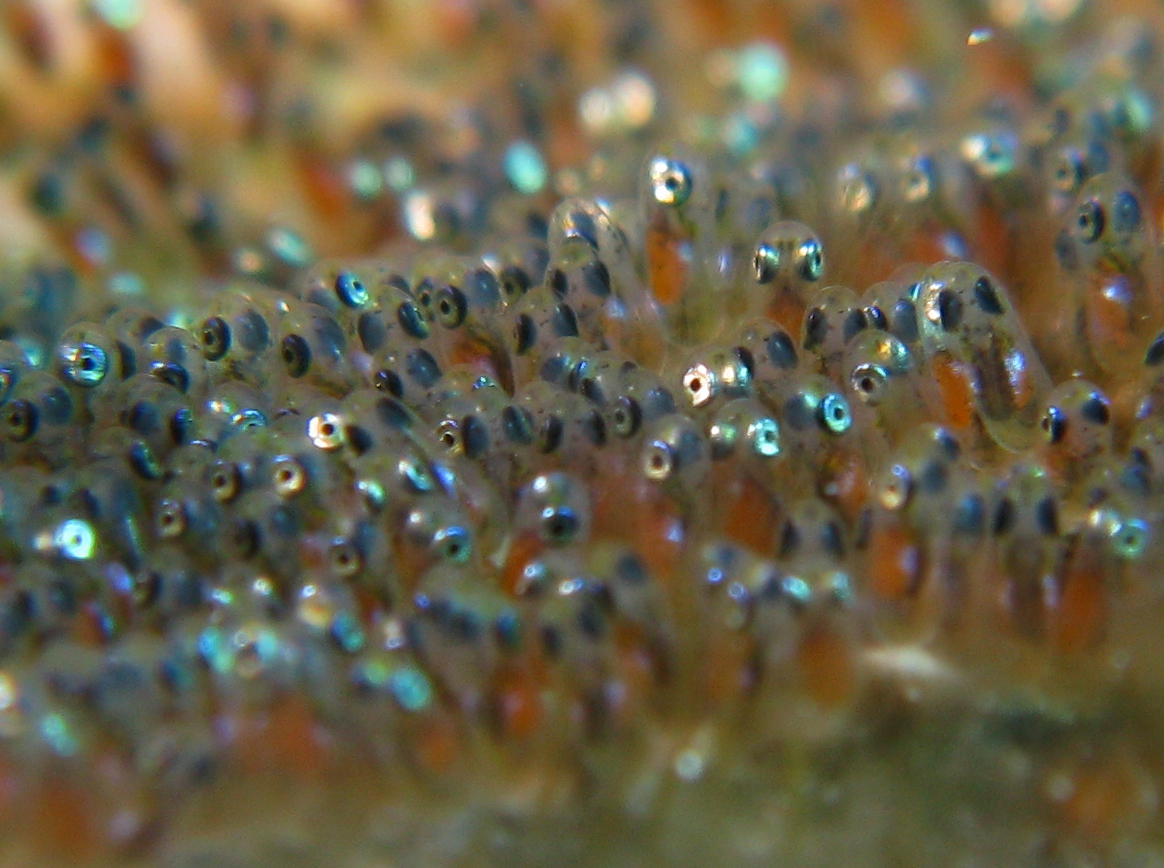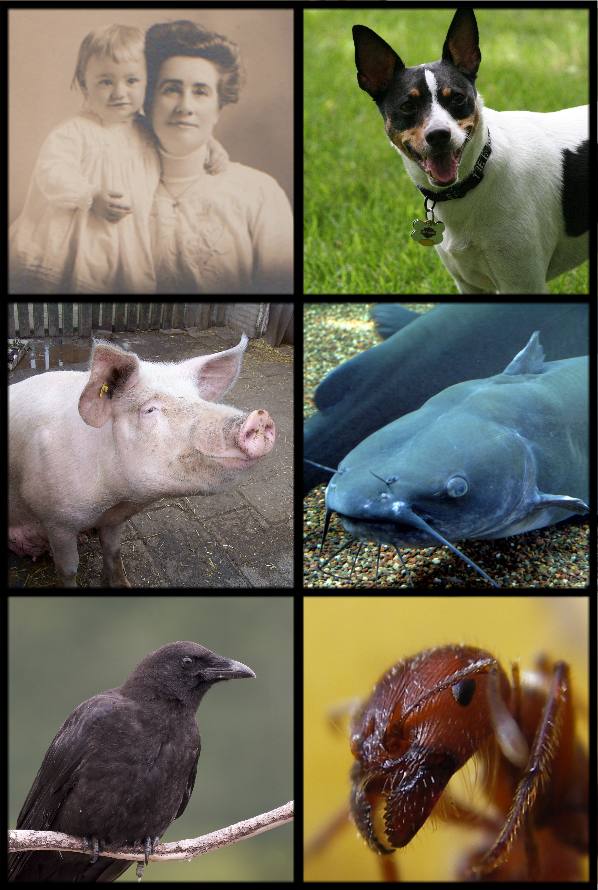|
Cheilobarbus Capensis
The Cape whitefish or Berg-Breede River whitefish (''Cheilobarbus capensis'') is a ray-finned fish species in the family Cyprinidae. It was formerly placed with the South African redfins in ''Pseudobarbus''. It is tetraploid. Its closest living relative is the sawfin (''C. serra''). Distribution and ecology The Cape whitefish is endemic to the Western Cape Province of South Africa, where it occurs in the Breede River's Brandvlei Dam and Sanddrift Dam, as well as the Hex River. Formerly, it was also found in and around the Berg River, but it seems to have disappeared from there. Populations have also been transplanted to farm water catchments, but it is not well known if these have thrived or failed.Impson & Swartz (2007) It inhabits the deeper stretches of rivers with rocky shores or riparian trees. While young fish are common in riffles, adults are not rheophilic and will thrive in slow-moving water. Young fish are carnivores, eating zooplankton and small aquatic invertebra ... [...More Info...] [...Related Items...] OR: [Wikipedia] [Google] [Baidu] |
Andrew Smith (zoologist)
Sir Andrew Smith (3 December 1797 – 11 August 1872) was a British surgery, surgeon, explorer, ethnologist and zoology, zoologist. He is considered the father of zoology in South Africa having described many species across a wide range of groups in his major work, ''Illustrations of the Zoology of South Africa''. Smith was born in Hawick, Roxburghshire. He qualified in medicine at the University of Edinburgh obtaining an Doctor of Medicine, M.D. degree in 1819, having joined the Army Medical Services in 1816. South Africa 1820–1837 In 1820 he was ordered to the Cape Colony and was sent to Grahamstown to supervise the medical care of European soldiers and soldiers of the Cape Corps. He was appointed the Albany district surgeon in 1822 and started the first free dispensary for indigent patients in South Africa. He led a scientific expedition into the interior and was able to indulge in his interests of natural history and anthropology. On several occasions, he was sent by gov ... [...More Info...] [...Related Items...] OR: [Wikipedia] [Google] [Baidu] |
Rheophilic
A rheophile is an animal that prefers to live in fast-moving water. Examples of rheophilic animals Insects *Many aquatic insects living in riffles require current to survive. *'' Epeorus sylvicola'', a rheophilic mayfly species ( Ephemeroptera) *Some African (''Elattoneura'') and Asian threadtail (''Prodasineura'') species Birds * Dippers (''Cinclus'') * Grey wagtail (''Motacilla cinerea'') and mountain wagtail (''Motacilla clara'') *A few swifts often nest behind waterfalls, including American black swift (''Cypseloides niger''), giant swiftlet (''Hydrochous gigas''), great dusky swift (''Cypseloides senex'') and white-collared swift (''Streptoprocne zonaris'') *Some waterfowl, including African black duck (''Anas sparsa''), blue duck (''Hymenolaimus malacorhynchos''), Brazilian merganser (''Mergus octosetaceus''), bronze-winged duck (''Speculanas specularis''), harlequin duck (''Histrionicus histrionicus''), Salvadori's teal (''Salvadorina waigiuensis'') and tor ... [...More Info...] [...Related Items...] OR: [Wikipedia] [Google] [Baidu] |
Smallmouth Bass
The smallmouth bass (''Micropterus dolomieu'') is a species of freshwater fish in the Centrarchidae, sunfish family (biology), family (Centrarchidae) of the order (biology), order Centrarchiformes. It is the type species of its genus ''Micropterus'' (black basses), and is a popular game fish sought by anglers throughout the temperate zones of North America, and has been spread by fish stocking, stocking —as well as illegal introduced species, introductions—to many cool-water tributaries and lakes in Canada and more so introduced in the United States. The maximum recorded size is approximately and . The smallmouth bass is native to the upper and middle Mississippi River basin, the Saint Lawrence River–Great Lakes system, the Champlain Valley, and the Hudson Bay basin. Its common names include smallmouth, bronzeback, brown bass, brownie, smallie, bronze bass, and bareback bass. Description Smallmouth have a slender but muscular fusiform body shape making them powerful ... [...More Info...] [...Related Items...] OR: [Wikipedia] [Google] [Baidu] |
IUCN
The International Union for Conservation of Nature (IUCN) is an international organization working in the field of nature conservation and sustainable use of natural resources. Founded in 1948, IUCN has become the global authority on the status of the natural world and the measures needed to safeguard it. It is involved in data gathering and Data analysis, analysis, research, field projects, advocacy, and education. IUCN's mission is to "influence, encourage and assist societies throughout the world to conserve nature and to ensure that any use of natural resources is equitable and ecologically sustainable". Over the past decades, IUCN has widened its focus beyond conservation ecology and now incorporates issues related to sustainable development in its projects. IUCN does not itself aim to mobilize the public in support of nature conservation. It tries to influence the actions of governments, business and other stakeholders by providing information and advice and through buildin ... [...More Info...] [...Related Items...] OR: [Wikipedia] [Google] [Baidu] |
Endangered
An endangered species is a species that is very likely to become extinct in the near future, either worldwide or in a particular political jurisdiction. Endangered species may be at risk due to factors such as habitat loss, poaching, invasive species, and climate change. The International Union for Conservation of Nature (IUCN) Red List lists the global conservation status of many species, and various other agencies assess the status of species within particular areas. Many nations have laws that protect conservation-reliant species which, for example, forbid hunting, restrict land development, or create protected areas. Some endangered species are the target of extensive conservation efforts such as captive breeding and habitat restoration. Human activity is a significant cause in causing some species to become endangered. Conservation status The conservation status of a species indicates the likelihood that it will become extinct. Multiple factors are c ... [...More Info...] [...Related Items...] OR: [Wikipedia] [Google] [Baidu] |
Gravel
Gravel () is a loose aggregation of rock fragments. Gravel occurs naturally on Earth as a result of sedimentation, sedimentary and erosion, erosive geological processes; it is also produced in large quantities commercially as crushed stone. Gravel is classified by grain size, particle size range and includes size classes from granule (geology), granule- to boulder-sized fragments. In the grain size, Udden-Wentworth scale gravel is categorized into granular gravel () and pebble gravel (). ISO 14688 grades gravels as fine, medium, and coarse, with ranges for fine and for coarse. One cubic metre of gravel typically weighs about , or one cubic yard weighs about . Gravel is an important commercial product, with a number of applications. Almost half of all gravel production is used as construction aggregate, aggregate for concrete. Much of the rest is used for road construction, either in the road base or as the road surface (with or without bitumen, asphalt or other binders.) Natu ... [...More Info...] [...Related Items...] OR: [Wikipedia] [Google] [Baidu] |
Spawn (biology)
Spawn is the eggs and sperm released or deposited into water by aquatic animals. As a verb, ''to spawn'' refers to the process of freely releasing eggs and sperm into a body of water (fresh or marine); the physical act is known as spawning. The vast majority of aquatic and amphibious animals reproduce through spawning. These include the following groups: * Bony fishes * Crustaceans (such as crabs, shrimps, etc.) *Mollusks (such as oysters, octopus, squid) *Echinoderms (such as sea urchins, sea stars, sea cucumbers, etc.) * Amphibians (such as frogs, toads, salamanders, newts) * Aquatic insects (such as dragonflies, mayflies, mosquitoes) *Coral, which are living colonies of tiny, aquatic organisms—not plants, as they are sometimes perceived to be. Corals, while appearing sedentary or botanical by nature, actually spawn by releasing clouds of sperm and egg cells into the water column, where the two mix. As a general rule, aquatic or semiaquatic reptiles, birds, ... [...More Info...] [...Related Items...] OR: [Wikipedia] [Google] [Baidu] |
School (biology)
In biology, any group of fish that stay together for social reasons are shoaling, and if the group is swimming in the same direction in a coordinated manner, they are schooling. In common usage, the terms are sometimes used rather loosely. About one quarter of fish species shoal all their lives, and about one half shoal for part of their lives. Fish derive many benefits from shoaling behaviour including defence against predators (through better predator detection and by diluting the chance of individual capture), enhanced foraging success, and higher success in finding a mate. It is also likely that fish benefit from shoal membership through increased hydrodynamic efficiency. Fish use many traits to choose shoalmates. Generally they prefer larger shoals, shoalmates of their own species, shoalmates similar in size and appearance to themselves, healthy fish, and kin (when recognized). The oddity effect posits that any shoal member that stands out in appearance will be preferen ... [...More Info...] [...Related Items...] OR: [Wikipedia] [Google] [Baidu] |
Alga
Algae ( , ; : alga ) is an informal term for any organisms of a large and diverse group of photosynthetic organisms that are not plants, and includes species from multiple distinct clades. Such organisms range from unicellular microalgae, such as cyanobacteria, '' Chlorella'', and diatoms, to multicellular macroalgae such as kelp or brown algae which may grow up to in length. Most algae are aquatic organisms and lack many of the distinct cell and tissue types, such as stomata, xylem, and phloem that are found in land plants. The largest and most complex marine algae are called seaweeds. In contrast, the most complex freshwater forms are the Charophyta, a division of green algae which includes, for example, ''Spirogyra'' and stoneworts. Algae that are carried passively by water are plankton, specifically phytoplankton. Algae constitute a polyphyletic group because they do not include a common ancestor, and although eukaryotic algae with chlorophyll-bearing plastids seem ... [...More Info...] [...Related Items...] OR: [Wikipedia] [Google] [Baidu] |
Benthic
The benthic zone is the ecological region at the lowest level of a body of water such as an ocean, lake, or stream, including the sediment surface and some sub-surface layers. The name comes from the Ancient Greek word (), meaning "the depths". Organisms living in this zone are called benthos and include microorganisms (e.g., bacteria and fungi) as well as larger invertebrates, such as crustaceans and polychaetes. Organisms here, known as bottom dwellers, generally live in close relationship with the substrate and many are permanently attached to the bottom. The benthic boundary layer, which includes the bottom layer of water and the uppermost layer of sediment directly influenced by the overlying water, is an integral part of the benthic zone, as it greatly influences the biological activity that takes place there. Examples of contact soil layers include sand bottoms, rocky outcrops, coral, and bay mud. Description Oceans The benthic region of the ocean begins at the ... [...More Info...] [...Related Items...] OR: [Wikipedia] [Google] [Baidu] |
Omnivorous
An omnivore () is an animal that regularly consumes significant quantities of both plant and animal matter. Obtaining energy and nutrients from plant and animal matter, omnivores digest carbohydrates, protein, fat, and fiber, and metabolize the nutrients and energy of the sources absorbed. Often, they have the ability to incorporate food sources such as algae, fungi, and bacteria into their diet. Omnivores come from diverse backgrounds that often independently evolved sophisticated consumption capabilities. For instance, dogs evolved from primarily carnivorous organisms ( Carnivora) while pigs evolved from primarily herbivorous organisms (Artiodactyla). Despite this, physical characteristics such as tooth morphology may be reliable indicators of diet in mammals, with such morphological adaptation having been observed in bears. The variety of different animals that are classified as omnivores can be placed into further sub-categories depending on their feeding behaviors. ... [...More Info...] [...Related Items...] OR: [Wikipedia] [Google] [Baidu] |
Invertebrate
Invertebrates are animals that neither develop nor retain a vertebral column (commonly known as a ''spine'' or ''backbone''), which evolved from the notochord. It is a paraphyletic grouping including all animals excluding the chordata, chordate subphylum Vertebrata, i.e. vertebrates. Well-known Phylum, phyla of invertebrates include arthropods, molluscs, annelids, echinoderms, flatworms, cnidarians, and sponges. The majority of animal species are invertebrates; one estimate puts the figure at 97%. Many invertebrate taxon, taxa have a greater number and diversity of species than the entire subphylum of Vertebrata. Invertebrates vary widely in size, from 10 Micrometre, μm (0.0004 in) myxozoans to the 9–10 m (30–33 ft) colossal squid. Some so-called invertebrates, such as the Tunicata and Cephalochordata, are actually sister chordate subphyla to Vertebrata, being more closely related to vertebrates than to other invertebrates. This makes the "invertebrates" para ... [...More Info...] [...Related Items...] OR: [Wikipedia] [Google] [Baidu] |









